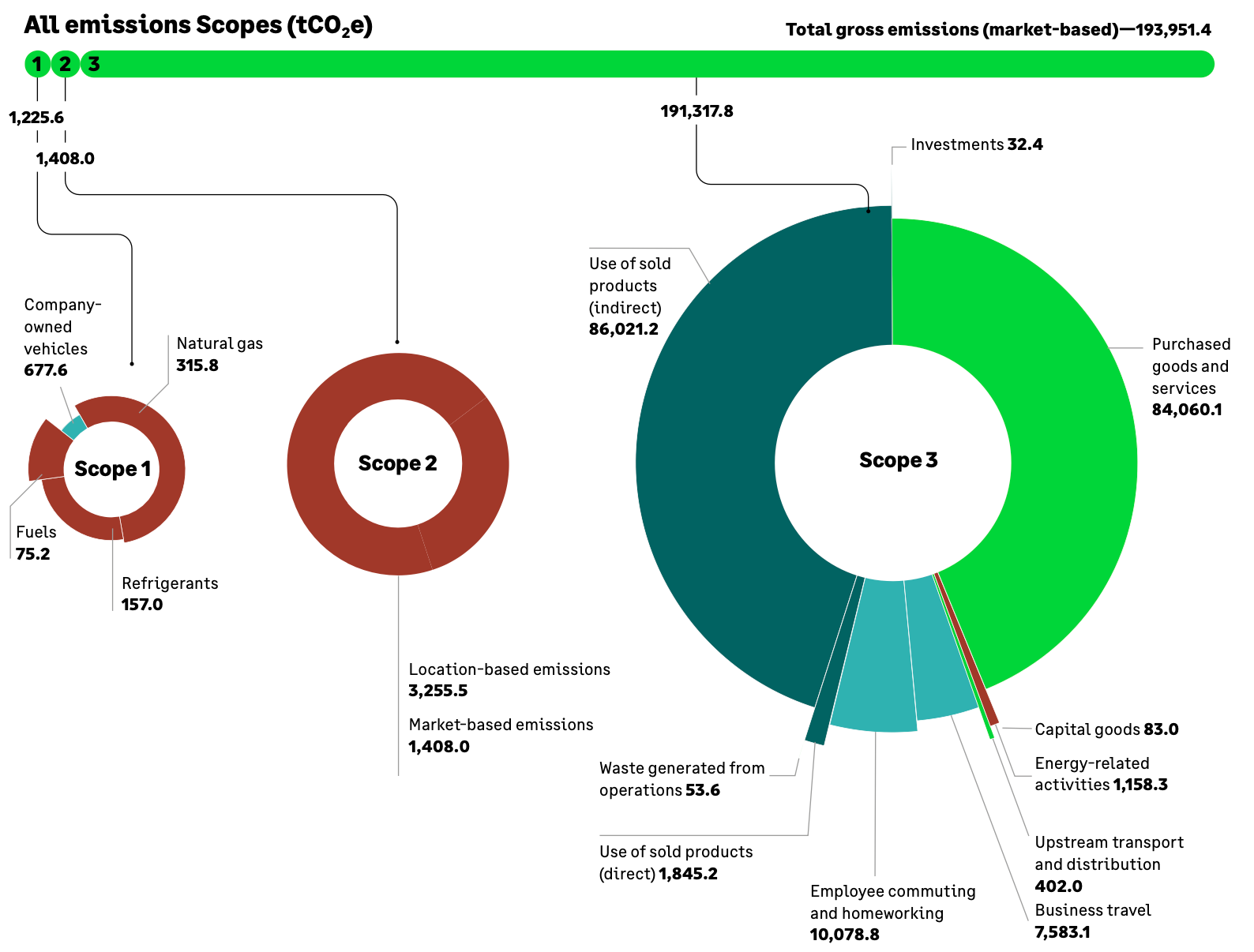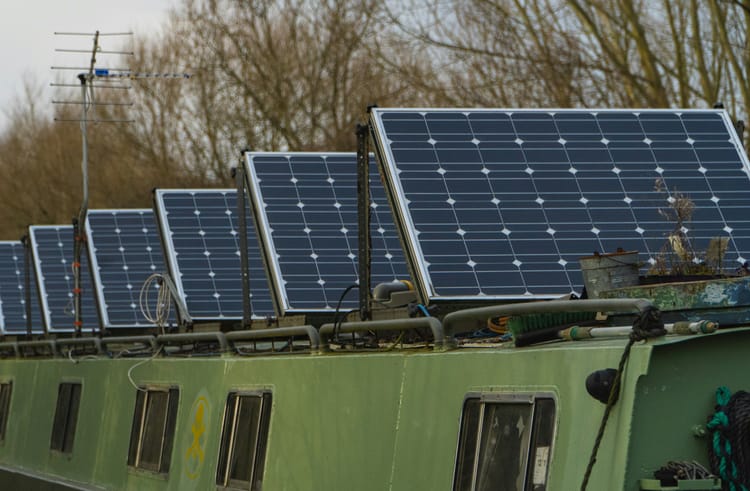Sage validates 2040 net zero target

Enterprise software firm Sage has unveiled its net zero target for 2040, which includes a 90% reduction in Scope 1, 2 and 3 emissions and was just validated by the Science-Based Targets Initiative (SBTi).
The company will also continue to work towards its previously-approved 2030 targets: cutting emissions across all scopes by 50% – all from a 2019 base year.
Sage’s Vice President of Sustainability Elisa Moscolin strongly believes in her company’s power to lead by example, and the new 2040 target will allow it to strengthen collaboration up and down the software supply chain – including on the topic of cloud decarbonisation.
Focus on cloud migration and supplier engagement
With almost 44% of Scope 3 emissions coming from purchased goods and services in 2023, Sage is requesting its suppliers to disclose “accurate and verified” primary emissions data via CDP. It is also engaging those with the highest emissions (in 2021, 27 of them accounted for 52% the company’s supply chain emissions) to commit to carbon reductions and set science-based targets themselves.
Another almost 45% comes from the use of sold products, and Sage estimates that 95% of these emissions are caused by customers running Sage solutions on their hardware and premises – so a large part of its decarbonisation strategy involves migrating customers to the cloud.
As a result, the balance between upstream and downstream emissions appears to be shifting as more emissions are attributed to the company’s cloud providers: in 2022, purchased goods and services emissions amounted to 42% of Scope 3, and use of sold products 47%.
Read also: SAP reports increase in absolute emissions as cloud revenue spikes
“When we move to the cloud, we have efficiencies, but it doesn't go to zero. And the trick when you go to the cloud is which cloud you go to and what conversations you have with those cloud providers,” Moscolin told CSO Futures in February, adding that Sage makes sure it asks “for the right type of credible credentials” when engaging with cloud providers.
Operational emissions down by 80%
The company has already met its near-term Scope 1 and 2 target and is getting close to its 2040 goal: as of 2023, it had reduced operational emissions by 80% from a 2019 base year. This was achieved by examining Sage’s property impacts, such as the energy and carbon performance of its workspaces.

More than two-thirds (68%) of electricity consumption is now sourced from renewable energy, up from 27% in 2019, and the company plans to expand its renewable energy use further in the coming years.
David Harrop, Climate Director at Sage, said: "The fight to keep the rise in temperatures at 1.5C is critical, and one we’re committed to. Not only are we trying to ensure Sage is a leader in the fight against climate change, we also want to share our learnings and successes with our wide ecosystem of customers, suppliers and partners to help progress amongst our stakeholders.”







Member discussion